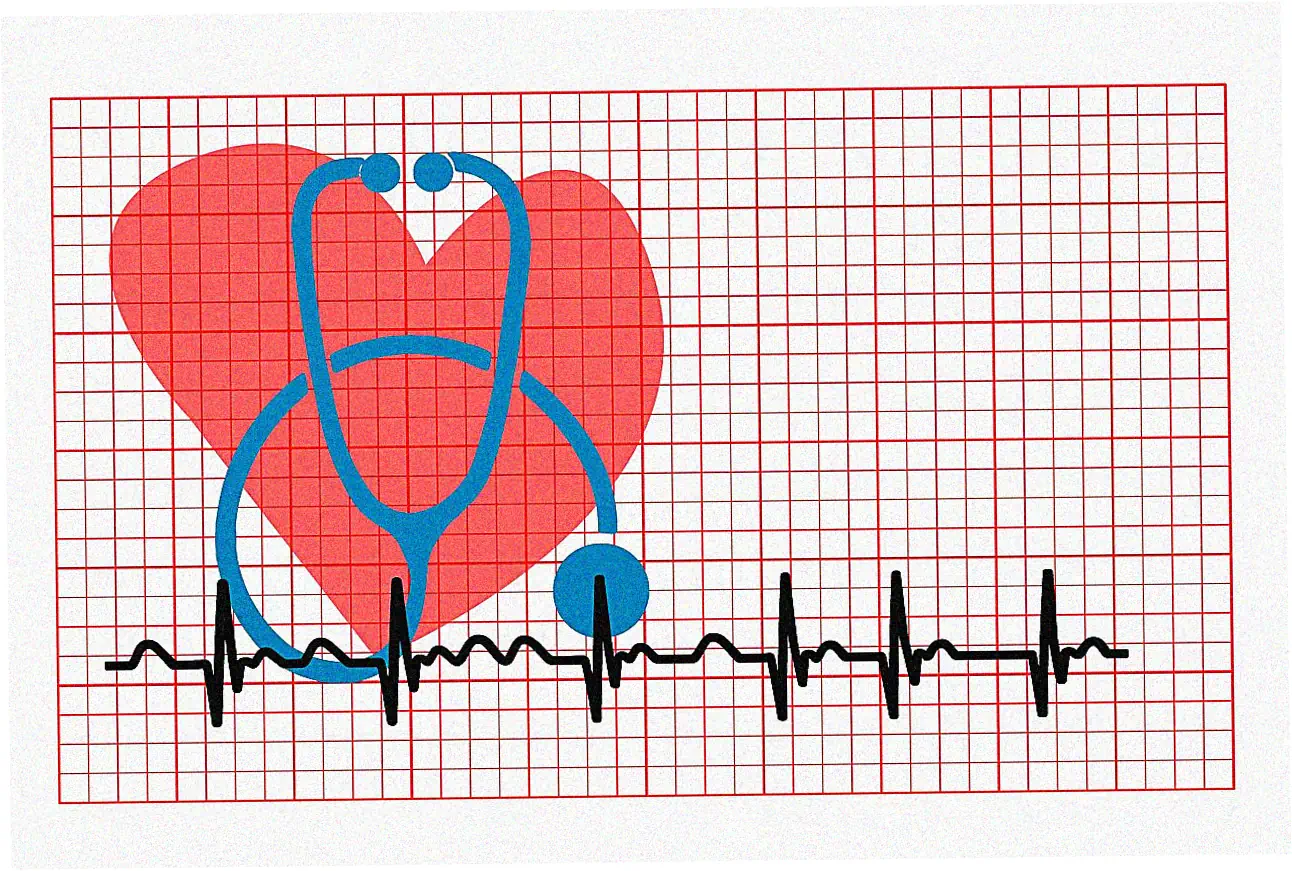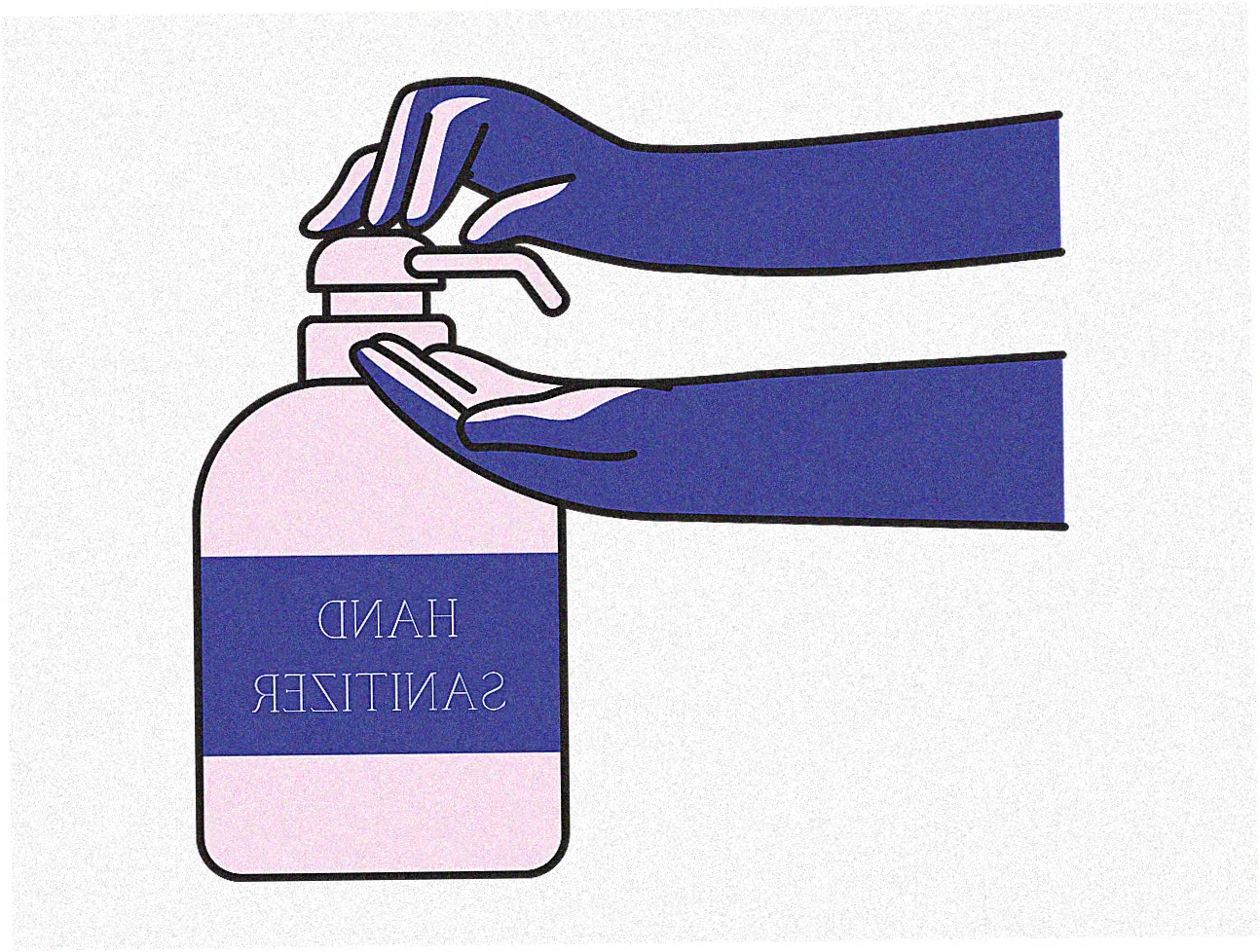Ever look at all your credit card bills? Each one has a different interest rate eating up your payments. You’re definitely not alone in this. Here’s a smart move: shift your current credit card debt to a new card with a low or even 0% intro APR. It’s a really powerful way to handle your money. This is called a balance transfer. It’s made for consolidating credit card debt. Basically, it helps you pay off what you actually owe faster because you’re not dealing with high interest for a while. But you gotta plan it out carefully. You need to watch out for transfer fees, your credit limit, and get the timing right to make the most of it.
Here’s what we’ll cover:
- What a balance transfer is and how it works
- How to do a balance transfer, step by step
- Understanding credit limits and what you need to qualify
- Getting the most out of it and steering clear of common mistakes
- How it affects your credit score and finances in the long run
- Frequently asked questions about balance transfers
Let’s break down what balance transfers are and how they actually work.
So what exactly is a balance transfer?
Basically, a balance transfer means you move your debt from high-interest cards to a new card with a much lower promotional rate. You’re not getting your debt wiped out – you’re just moving it to a better spot.
The main idea is to combine all your payments into one and cut down on interest, so more of your money actually pays down what you owe. Say you move $5,000 from an 18% APR card to a 0% intro card – you could save hundreds in interest during that promo period.
Here’s how you actually do it: usually through your new card company’s website or by calling them. You just give them the account numbers and amounts you want to transfer from your other cards.
Then your new card company pays off your old cards and puts all that debt on your new account. Remember, this is a real financial move, not just some casual switch. Your new card’s terms spell out how long the low rate lasts and what fees you might pay.

Why does this strategy make financial sense?
With regular cards, part of your payment just goes to interest, making it harder to actually reduce your debt. But with a 0% APR deal, almost all your payment goes straight to paying down what you actually owe.
This helps you pay off debt faster and cheaper, which is why it’s such a popular way to tackle credit card debt. The big benefit? It turns a slow, costly debt payoff into a focused project with a clear end date.
Say you’ve got $3,000 on an Amazon card. At normal interest rates, that could take forever to pay down. But if you transfer to a 0% card for 18 months, you can plan to clear it completely in that time.
save a bunch on interest, and free up that original card’s credit line for smarter uses. With a balance transfer to a card offering 0% APR for 18 months, you can create a precise plan to pay it off within that period.
potentially saving a substantial amount in finance charges and freeing up your credit limit on the original card for more strategic use.

Executing a Successful Balance Transfer: A Step-by-Step Guide
Preparation and Application Phase
Core Operation: First things first, before you apply, do a full check of your finances. Get all your card statements together and write down the balances, interest rates, and minimum payments.
Then check your credit score since you usually need good credit – around 670 or higher – to get the best balance transfer deals. You can grab your score for free from your bank or a trusted credit bureau.
This upfront check stops you from applying for cards you probably won’t get, saving you from pointless hard inquiries on your credit.
Application Strategy: Once you’re ready, start looking at different balance transfer cards and compare them. Don’t just focus on the intro APR – pay attention to how long the promo lasts, the transfer fee (usually 3-5%).
and what the regular interest rate will be later. Pick the card that fits your plan for paying off debt. When you’re approved, remember your credit limit – that decides how much debt you can move over. You can’t transfer more than your limit allows.

Initiating the Transfer and Managing the Process
Core Operation: Once your new card is active, you officially ask for the balance transfer. Just give the card company your old account numbers and details. Double-check those account numbers and amounts so nothing gets messed up.
Most companies finish the transfer in about one to two weeks. Keep making minimum payments on your old cards until you’re sure the balances are gone. If you don’t, you might get hit with late fees and hurt your credit score.
Post-Transfer Management: After the transfer’s done, your old accounts should show zero balances. You’ve got options – close them to resist spending, or keep them open with zero balances to help your credit utilization.
which really matters for your score. But your main job now is dealing with that new combined balance. Set up a tight budget so you can pay more than the minimum each month and clear the debt before the promo rate ends.

Navigating Credit Limits and Qualification Criteria
Understanding Credit Limit Implications
Core Operation: Your new card’s credit limit sets the max amount you can transfer. So if you get approved for $10,000, you can’t move over $11,000. Don’t forget about the balance transfer fee either.
Say you transfer $5,000 with a 3% fee – that’s $150 extra, making your new balance $5,150. This instantly lowers your available credit and can hurt your credit utilization.
Like if your Amazon card had lots of available credit, moving its balance to a new card with the same limit just moves the debt around. If the new card gets maxed out, your utilization stays high.
Strategic Consideration: Having high utilization on your new card can quickly drop your credit score. The smart move is to transfer only what keeps your new card’s utilization under 30%, leaving plenty of available credit.
If you owe way more than your new limit, you might need to just transfer part of the debt or find a card with a higher limit – but that usually needs better credit.

Qualification and Credit Score Factors
Core Operation: Lenders check how risky you are by looking at your creditworthiness. They mainly look at your credit score, payment history, how much debt you have, and your income.
Paying bills on time and having low debt compared to your income really boost your chances of getting a high-limit card with low interest. Data shows people with good credit scores (660-719) get approved for these cards much more often than those with poor credit.
Here’s what you typically need for good balance transfer cards:
| Factor | Typical Benchmark | Impact on Approval |
|---|---|---|
| Credit Score | 670 or above | Main factor for getting low intro rates |
| Payment Track Record | No late payments in the past 6-12 months | Shows you’re reliable with payments |
| Debt vs Income | Under 36% | Shows you can handle new payments |
| Recent Credit Applications | Less than 3 in the past 6 months | Too many applications look like you’re in financial trouble |
Risk Note: Applying for lots of cards quickly can drop your score because of multiple credit checks. Better to do your homework and just apply for the one card that fits your needs best.

Get the most out of balance transfers and steer clear of common mistakes
Make a payoff plan that fits the promotional period
Here’s the key thing to do after you transfer: set up a solid payoff plan Take your total balance with fees and divide it by how many months you have at the low rate That tells you exactly how much you need to pay each month Say you transfer $6,000 with a 3% fee to an 18-month 0% APR card, you’d need to pay about $333 each month to clear the debt before regular interest starts Set up autopay for that amount so you never fall behind or put it off.
Try to pay extra each month if you can afford it That gives you some breathing room for surprises and might get you out of debt faster Think of this promo period as a race against time.
not a casual stroll You want to reach that first month after the promo ends with nothing left to pay, so you skip the high interest completely.

Watch out for these hidden traps with balance transfers
The biggest mistakes people make are missing payments, which can cancel your low rate, and using the same card for new spending Most cards charge different rates for transfers versus new purchases.
and they often put your payments toward the lower-rate balance first, so new charges rack up high interest right away Always check your card agreement to see how they apply your payments.
Here are common balance transfer pitfalls and how to dodge them.
| Pitfall | Consequence | Avoidance Strategy |
|---|---|---|
| If you miss a payment | You could lose your introductory rate and get hit with back interest | Set up automatic payments for the minimum amount at least |
| Using the card for new purchases | New charges get high interest rates and make payments complicated | Use another card when you need to buy something new |
| Not accounting for the transfer fee | You start with more debt than you planned | Remember to include that 3-5% fee when you figure out your payments |
| Not paying off the balance in time | Whatever’s left gets hit with the card’s regular high interest rate | Divide your total by the promo months to know your monthly target |
Also watch out for deferred interest deals, especially with store cards, where if you don’t pay everything off by the deadline, you owe all the interest that built up during the promo Most bank balance transfer cards use regular purchase APR, which is safer since you only pay interest on what’s left after the promo.

Let’s talk about how balance transfers affect your credit and finances over time
Your credit score will go up and down, but it can bounce back
Here’s what happens right after a balance transfer to your credit report When you apply, that hard check might make your score drop a bit temporarily At first, you’ll use a lot of your new card’s limit.
and that can bring your score down too But if you keep paying on time and chip away at the balance, your score will likely recover and might even get better Paying off that big combined balance shows you handle credit well and lowers your overall card usage – lenders like seeing that in the long run.
Think of it this way: that temporary score drop is usually worth it because you’re working toward being debt-free Just don’t apply for other credit cards while you’re doing this.
and put all your energy into paying off that transferred balance After a year or so, as your balance shrinks, your credit score will show your better money habits, making you look good for future loans or a house.

Making balance transfers part of your bigger money plan
Don’t just do a balance transfer by itself – make it part of your overall financial strategy After you combine your debts, use that extra cash to build up emergency savings so you won’t need credit cards later Look at what got you into debt in the first place and make a budget you can actually stick to The real point of consolidating credit card debt isn’t just moving money around – it’s getting rid of debt for good and learning better money habits so it doesn’t happen again.
Think of this whole thing as hitting the reset button on your finances Sticking with the payments teaches you a lot about handling money Once you’ve paid it all off.
take that money you were putting toward debt and start saving or investing instead – this changes your financial future and gets you out of the high-interest debt trap.
So to wrap up, balance transfers are powerful tools for dealing with credit card debt, but they only work if you handle them carefully Every step needs your attention – from picking the right card and working with your credit limit to making a solid payment plan and steering clear of common pitfalls It gives you a clear path out of high-interest debt, but you’ve got to stay disciplined and actually change the money habits that got you into debt.
Ready to get handle on your high-interest debt? Use our balance transfer calculator to see how much you could save, and tell us your debt-free plan in the comments to keep yourself on track.

Here are some common questions about how balance transfers work
Will a balance transfer hurt your credit score?
At first, your score might drop a bit because of the credit check and using more of your new card’s limit But if you keep making payments on time and pay down your debt, your score will bounce back and might even get better over time.
Can I move debt from any credit card?
You can usually transfer from most big credit cards like Visa, Mastercard, Discover, and American Express But you can’t usually move debt between cards from the same bank, like from one Chase card to another.
Also, you can’t transfer other types of debt like personal loans or car loans onto a credit card this way.
What if I don’t pay off everything during the intro period?
Whatever’s left after the 0% or low interest period ends will start racking up interest at the card’s regular rate, which can be pretty steep That’s why it’s super important to have a plan to pay off the whole amount before then, so you don’t end up paying all that interest you thought you avoided.
Is there a cap on how much debt I can transfer?
Yes, there are two limits: your new card’s credit limit and the specific transfer limit the bank sets, which might be lower than your regular spending limit Basically, you can’t transfer more than what the new card company lets you borrow.